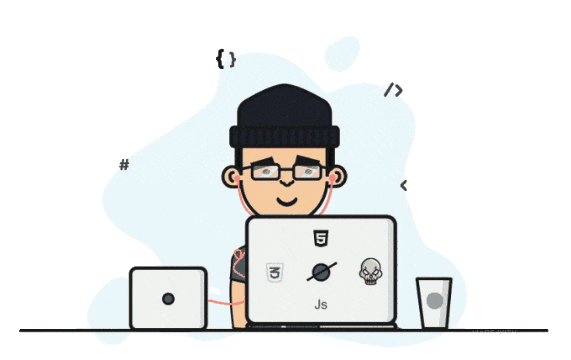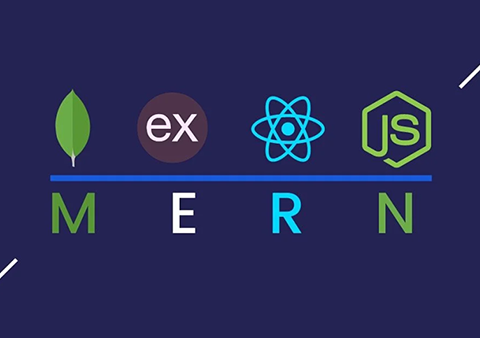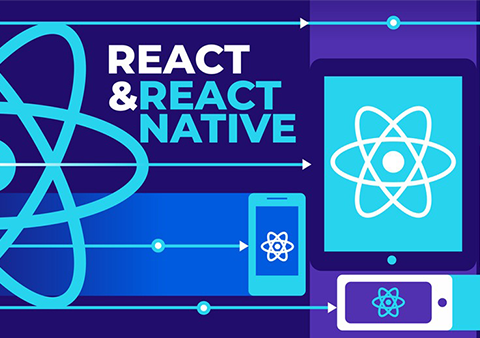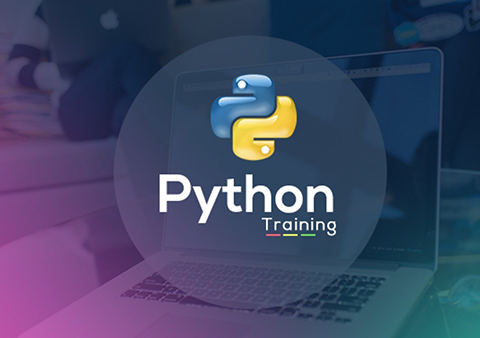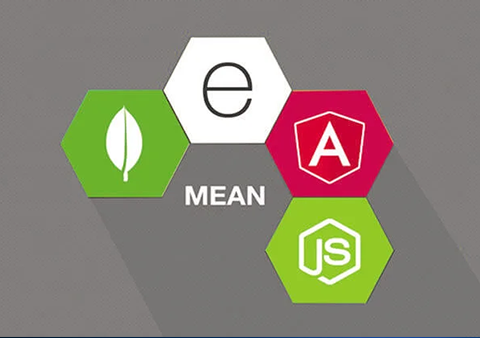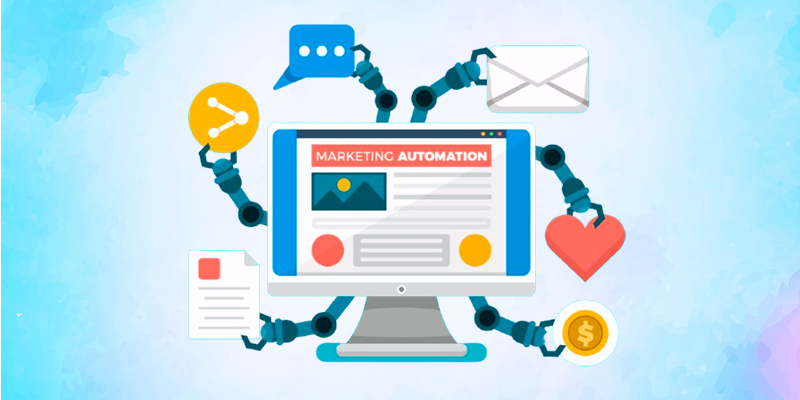Tricky Talks (or TWS Blog)
Navigate the Evolving Tech Landscape with Confidence and Clarity
Will AI Replace Designers? Exploring the Impact of Artificial Intelligence on Creative Roles
- Posted By: trickywebsolutions
-
 June 26, 2025
June 26, 2025
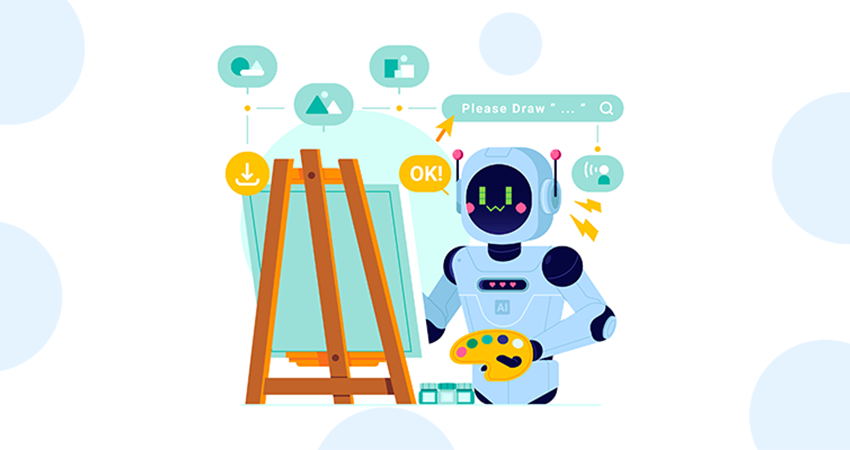
Many fields, including healthcare, finance, retail, entertainment, and more, have already integrated Artificial Intelligence into their workflows to enhance overall productivity. AI offers powerful support for creators by accelerating design prototyping and streamlining data analysis. In the near future, AI web design tools are expected to become so user-friendly that anyone will be able to bring their ideas to life. As these AI web design tools continue to evolve, many in the design field are beginning to question whether AI might eventually replace human designers.
But the question still remains: will AI replace designers, and can it truly take the place of human input in this field? In this blog, we will clear your doubts on whether AI will replace designers or not, covering various applications of AI in designing and some benefits.
Will AI Replace Designers?
AI in design industry offers powerful support for creators by accelerating design prototyping and streamlining data analysis. Many professional artists are concerned as AI continues to improve at producing high-quality artwork. AI-generated art is flooding the market, drawing away potential clients. This shift not only threatens jobs but also devalues the art itself—people begin to see it as less valuable because of how easily and cheaply it can be created by machines.
What is going on now is not unexpected—it’s a common business pattern. If it can cut costs by implementing a more effective solution, a company will be inclined to do it. In the 19th-century Industrial Revolution, English textile workers broke some machinery out of concern that it would replace them. Although machines did displace some jobs—mostly those which were repetitive or physically exhausting—they didn’t eradicate human labor. The same holds true for AI in design industry today. It will never completely substitute for human creativity and wisdom; rather, it will be an extremely valuable tool to augment human capacities. If you know and learn how you can leverage AI into your daily workflows to optimize repetitive tasks, then it could be the best tool to help you do your daily work.
Applications of AI In Design
AI is making a strong impact on the design industry—but does that mean graphic designers will be replaced? For example, AI enables knowledge workers to generate prototypes more quickly. It also suggests design options and provides insights on how to improve them.
This makes it easier for professionals to tailor and personalize their work. Here are a few examples of how AI is currently being used in the design field:
AI-Powered Layouts and Color Palette Creation
AI design software is typically employed by designers to auto-design color palettes and layouts. With the use of ML, deep learning, and analysis tools, the AI design software allows the designers to create good-looking designs that not only conform to customer requirements but also exceed them. By doing away with the necessity of physically looking for color wheels and trying shades, AI in design industry simplifies the design process. This enables creative professionals to spend more of their time on creativity and introducing new ideas.
Personalizing User Experiences with AI
Artificial intelligence analyzes user behavior and data to deliver personalized experiences. This helps designers create designs that match customer needs and requirements. For instance, take an example of e-commerce sites that suggest related items to buy when a customer is purchasing something. The suggestions provided by the e-commerce site are based on the customer behaviour and purchasing patterns.
Predicting Design Trends with AI
AI integrated with graphic design analyzes the massive customer data and predicts the client’s needs and requirements, based on the given data. This leads to an improvement in the overall speed of the design process. Moreover, using these insights, designers can create designs that impact more deeply to their audience.
Enhancing Readability with AI Insights
If you have poor readability of your content showing on front pages, it can drive users to other sites. Clear content is essential for a user-friendly interface, making simplicity one of the most important aspects of usability. AI web design tools help you generate content that is simple and easy to understand.
Creating Augmented Reality with AI
AI is enabling organizations to create more advanced and immersive augmented reality experiences to enhance user interaction across different environments. As AI is evolving, it is opening several new opportunities for creators, designers, and illustrators to create more personalized content for their target audience.
Will Designers Be Replaced By AI? Here’s the Real Answer
The simple answer is “no.” Although AI can automate certain tasks, such as generating layouts or color palettes, AI replacing designers entirely is highly unlikely. It’s difficult to replicate the creativity and critical thinking skills that human designers bring to the table. Let’s acknowledge why graphic design jobs are not easily replaced by AI by looking at a few limitations this technology still holds:
AI Lacks True Creativity
AI creates ideas by recognizing patterns and pulling from existing data. Rather than producing something truly original, it blends what already exists. Its capabilities rely on “crystallized intelligence”—knowledge formed from past experiences, training data, and existing content. Think of it like a child making collages from an old magazine: while they can create many combinations, the material itself is still recycled. Whereas humans are more creative and can think of new ideas.
AI Struggles to Understand Context
While AI can mimic the structure of UX designs, it is often difficult for AI to understand the broader project context. Until it’s provided in short parts, AI can’t fully understand the whole project on its own. However, it also lacks in creative problem solving, which is crucial for making subjective design choices. They can generate designs but can not fully understand the intent. On the other hand, designers can easily understand their customers’ needs and requirements and the intent behind the specific project, and create projects that align with their needs.
AI Depends on Human Direction
AI can only generate designs based on the data and instructions provided by humans. As previously mentioned, its abilities are limited, and it can not generate designs itself until provided with clear instructions. Whereas, designers can think independently, adapt their approach, and make decisions on their own to deliver the attractive visuals.
AI Lacks Human Communication Skills
Effective communication with clients and stakeholders regarding their project is a critical aspect of the design process. Even though it doesn’t necessarily consist of creating a product, conveying design decisions and resolving them efficiently can play an essential role in success.
AI can create visual work, but it cannot explain the rationale for its designs or defend a particular strategy over another. It cannot persuade, describe subtlety, or answer emotional or illogical questions—abilities human designers bring to the situation by nature. This decidedly human capacity to explain and empathize is a key reason why AI replacing designers entirely remains unlikely.
